Xiaomi 14 Ultra vs. Xiaomi 13 Ultra: How Good is the New Flagship?
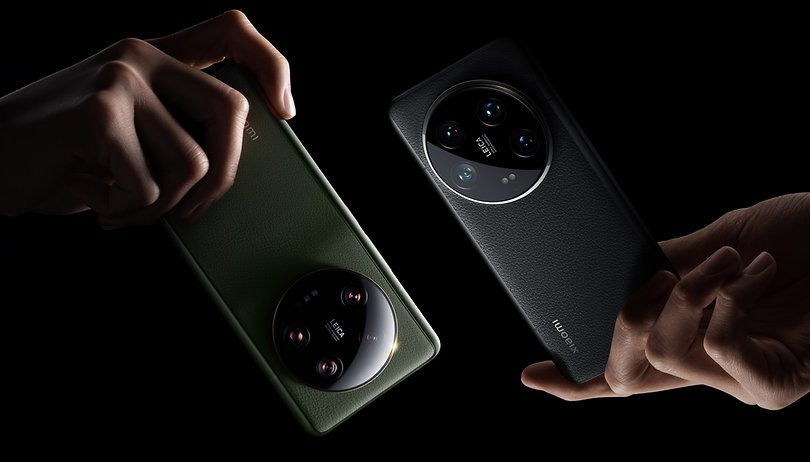

The brand new Xiaomi 14 Ultra is the best that the Chinese smartphone manufacturer has to offer. The device is the successor to last year's Xiaomi 13 Ultra. But how much has actually changed and is the upgrade worth it? We compare the two premium phones.
Xiaomi 14 Ultra and Xiaomi 13 Ultra: Technical data in comparison
| Xiaomi's 2024 flagship | Xiaomi's 2023 flagship | |
|---|---|---|
| Device | ||
| Picture |

|

|
| Review |
|
|
| Price (MSRP) |
|
|
| Display |
|
|
| SoC |
|
|
| RAM |
|
|
| Storage |
|
|
| OS |
|
|
| Camera |
|
|
| Selfie camera |
|
|
| Battery capacity |
|
|
| Connectivity |
|
|
| IP certification |
|
|
| Dimensions and weight |
|
|
| Check offer* |
Xiaomi 14 Ultra vs. Xiaomi 13 Ultra: Display and design
If we were to compare the Xiaomi 14 Ultra with the Xiaomi 13 Ultra, we would notice the eye-catching camera system behind which consists of a huge, circular element on both handsets. While it might look almost identical at first glance with four cameras, there are subtle differences. A look at the front reveals a curved display that is protected by Gorilla Glass Victus on the 2023 model.
The Xiaomi 14 Ultra, on the other hand, features a flat design with the Xiaomi Shield Glass. At 219.8 g and 9.2 mm, the new model is slightly thicker and a wee bit lighter—two things that I am unable to achieve at the gym.
- An exciting read: The best smartphones of 2024
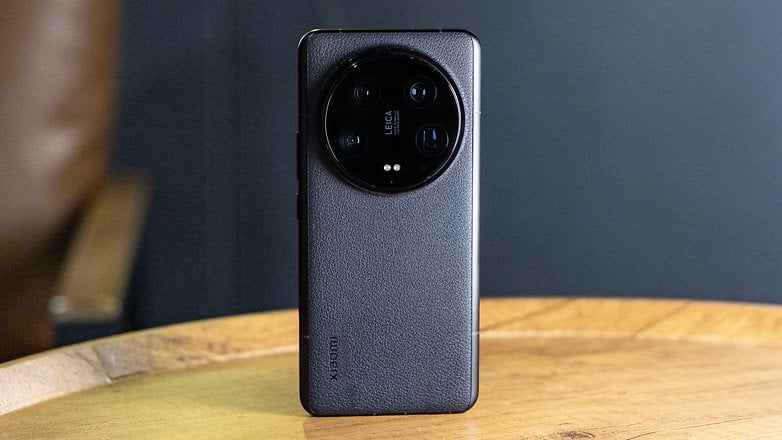
Both models feature IP68-certification which provides protection against water and dust. Apart from that, there are no major visual differences.
At first glance, this also applies to the display: both have a 6.73-inch screen, 1440p resolution, and a variable refresh rate of 1-120 Hz. However, Xiaomi has increased the peak brightness from 2,600 to 3,000 nits in the newer model.
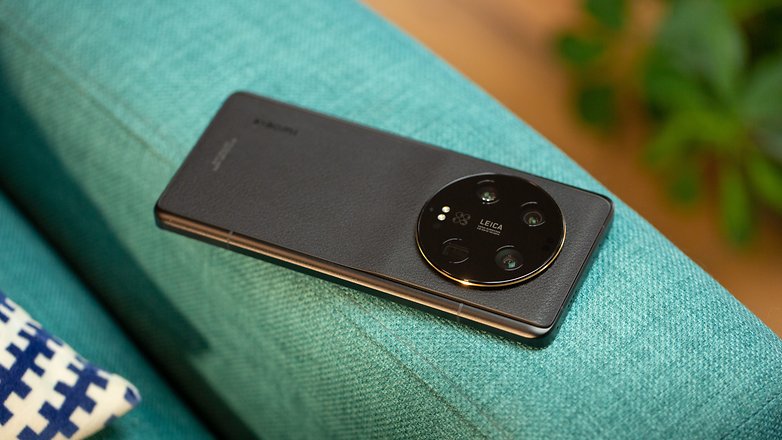
Xiaomi 14 Ultra vs. Xiaomi 13 Ultra: SoC and performance
There was the expected update to the processor: the Snapdragon 8 Gen 2 had to make way for the Snapdragon 8 Gen 3 in the new model. This brings about a performance gain, but at a level that no one can notice in everyday use. At this point, I will refrain from the obligatory comparison of the benchmark tests. This is a slight disappointment for those who are interested to know how the Xiaomi 14 Ultra fares, but we are unable to determine its exact performance until we review it thoroughly.
If you were to take a look at our Xiaomi 14 review, which is also equipped with a Snapdragon 8 Gen 3 SoC, that should provide you with an idea of the general performance of the Xiaomi 14 Ultra. The Xiaomi 13 Ultra, which is not widely available in Europe, arrives with 12 GB RAM and 512 GB of internal storage. This year, the Xiaomi 14 Ultra is available only in one variant as well, sporting 512 GB of internal memory and 16 GB RAM. This is a tiny improvement for the Xiaomi 14 Ultra, although I feel this difference will not be very noticeable in everyday use.
That leaves us with the connectivity options, which are also largely identical. Only the Bluetooth standard has been upgraded to version 5.4 for the Xiaomi 14 Ultra. Wait a minute, there is one more thing: Although it was not listed in Xiaomi's technical specifications, the Xiaomi 14 Series supports eSIM.
Xiaomi 14 Ultra vs. Xiaomi 13 Ultra: Software
The Xiaomi 14 Ultra runs on Android 14 and the new HyperOS instead of MIUI. The Xiaomi 13, on the other hand, was introduced with Android 13 and the MIUI 14 skin. With HyperOS, Xiaomi has not yet overhauled the OS drastically while offering an insane amount of bloatware for a flagship—or any phone, for that matter.
However, there is one difference that could play a role in a purchase decision: Both offer five years of security updates, but where Xiaomi promises four major Android updates for the Xiaomi 14 Ultra, with the Xiaomi 13 Ultra receiving one less update.
This means if you were to buy both models today, you could use the Xiaomi 14 Ultra for two years longer with the latest Android version. In any case, it's nice to see Xiaomi is working hard to improve its software update policy slowly but surely.
Xiaomi 14 Ultra vs. Xiaomi 13 Ultra: Camera
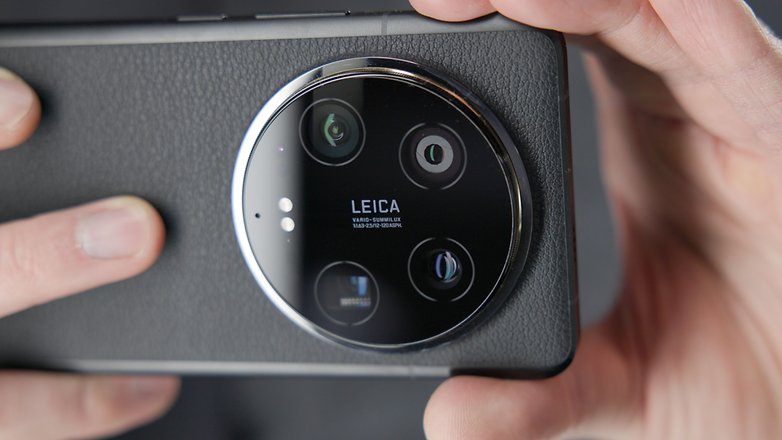
Well, the camera not only offers the best from Leica on both models but is also the most exciting category if we want to find out where Xiaomi has improved the 14 Ultra compared to the already very powerful camera system in the Xiaomi 13 Ultra. It is my time to pour cold water on everyone once again. We still lack a detailed review of the new camera sensor, which is why we can only theoretically consider the leap in quality we can expect with the new Xiaomi 14 Ultra.
- Also about cameras: These are the best camera smartphones of 2024
If we were to peruse the technical specifications in detail, we would notice an incredible number of parallels:
- 50 MP main camera with 1-inch sensor
- 50 MP ultra-wide angle
- 2 x telephoto cameras (2.3x and 5x) also with 50 MP
- 32 MP selfie camera
- Leica collaboration
- All images are optically stabilized, apart from the ultra-wide angle cameras
does this mean the camera line-up is identical for both models? No, of course not! The main camera, which uses the large and brand-new LYT-900 image sensor, is a completely new product from Sony that replaces the old sensors. In addition, the Xiaomi 13 Ultra has an f/1.9 aperture, while the new flagship has a continuously adjustable aperture of f/1.63-f/4.0.
Hence, there are many similarities between the two handsets' camera sensors, but technically speaking, technology has improved by leaps and bounds that make these differences so marginal, that the slightest difference can tip the scales in one's favor. I'm not going to go on a rant here, but let's keep our fingers crossed to bring the two articles as quickly as possible: The in-depth review of the Xiaomi 14 Ultra and a comprehensive camera review of the handset. We will also update this article accordingly with the new camera sensors' performance and galleries to boot.
Xiaomi 14 Ultra vs. Xiaomi 13 Ultra: Battery and fast charging
Xiaomi has mastered the art of fast charging. Obviously, Xiaomi didn't really see the need to change the fundamentals here. This leaves us with a 5,000 mAh battery in both models, which can be charged at a maximum speed of 90 W. The only difference here lies in the wireless charging, which happens at 80 W instead of "only" 50 W in the Xiaomi 13 Ultra. Where wireless reverse charging is concerned, the charging speed remains the same for both at 10 W.
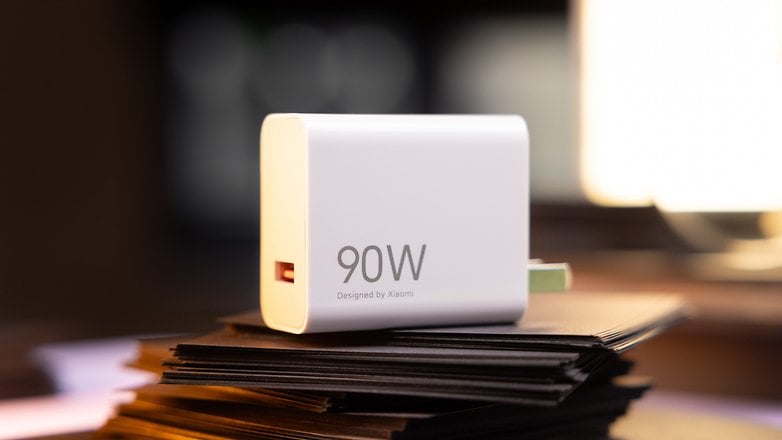
- What are the dangers of fast charging your smartphone's battery?
While we complain about the lack of chargers from other manufacturers, Xiaomi remains true to form and continues to include the charger with each purchase.
Xiaomi 14 Ultra vs. Xiaomi 13 Ultra: Price and availability
I mentioned this in passing earlier: The number of Xiaomi 13 Ultra sold in Europe isn't that impressive. While I have seen a few offers for it at approximately €1,100, most of these were second-hand devices.
If we were to stick to the RRP, both models were priced the same. The Xiaomi 13 Ultra was still listed at €1,499.00 on Xiaomi's website before it became unavailable with the release of the Xiaomi 14 Ultra. If you can actually get your hands on a new Xiaomi 13 Ultra in its original packaging for around €1,100, go ahead and buy it without any hesitation. Anything more than that, you would do well to pick up the Xiaomi 14 Ultra.
Xiaomi 14 Ultra vs. Xiaomi 13 Ultra: Price overview
| Device | Memory | Price (RRP) |
|---|---|---|
| Xiaomi 14 Ultra | 16 GB RAM / 512 GB | €1,499.90 |
| Xiaomi 13 Ultra | 12 GB RAM / 512 GB | €1,499.00 |
The Xiaomi 14 Ultra holds the trump card here, especially for those who want to make a fast decision. Whoever places an order by 18 March (delivery begins on 19 March) will receive the €199 Photography Kit for free. There is no US pricing simply because Xiaomi's handsets are not officially available Stateside.
Xiaomi 14 Ultra vs. Xiaomi 13 Ultra: Conclusion
If we were to exclude the main camera, which we have not yet reviewed in-depth for the Xiaomi 14 Ultra, the improvements are marginal. The battery charges wirelessly at a much faster rate, the SoC provides better performance with improved efficiency, and the display has a slightly higher peak brightness.
- The Xiaomi 14 Ultra will be featured here soon: The best Xiaomi smartphones
None of these are strong enough reasons to switch from a Xiaomi 13 Ultra to a Xiaomi 14 Ultra. Perhaps it's the new camera sensor with variable aperture that makes the difference in the end. For me who would like to use a smartphone for at least three years, the update policy also plays a role, which edges the Xiaomi 14 Ultra ahead.
Since the Xiaomi 13 Ultra is very difficult to get obtain, we don't even have to worry about which smartphone to buy. If you are interested in a Xiaomi smartphone, we can only make but one recommendation: Buy the Xiaomi 14 Ultra if you want the best Xiaomi device in the market right now. If you want to buy the best Android smartphone in general, your answer might also be the Xiaomi 14 Ultra. In that case, take another look at our Galaxy S24 Ultra and the Xiaomi 14 Ultra comparison to be on the safe side.






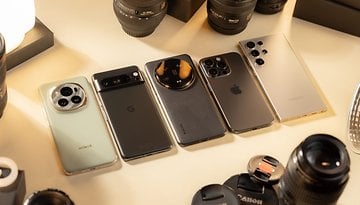


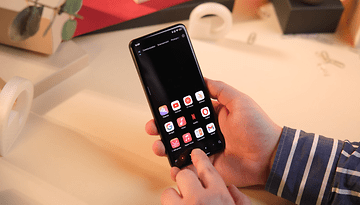

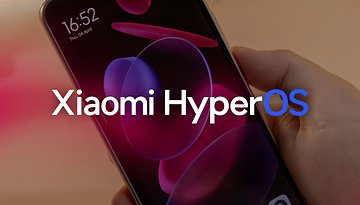
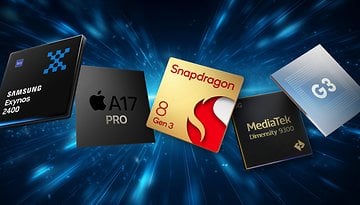



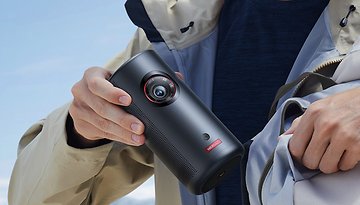

Recommended editorial content
With your consent, external content is loaded here.
By clicking on the button above, you agree that external content may be displayed to you. Personal data may be transmitted to third-party providers in the process. You can find more information about this in our Privacy Policy.